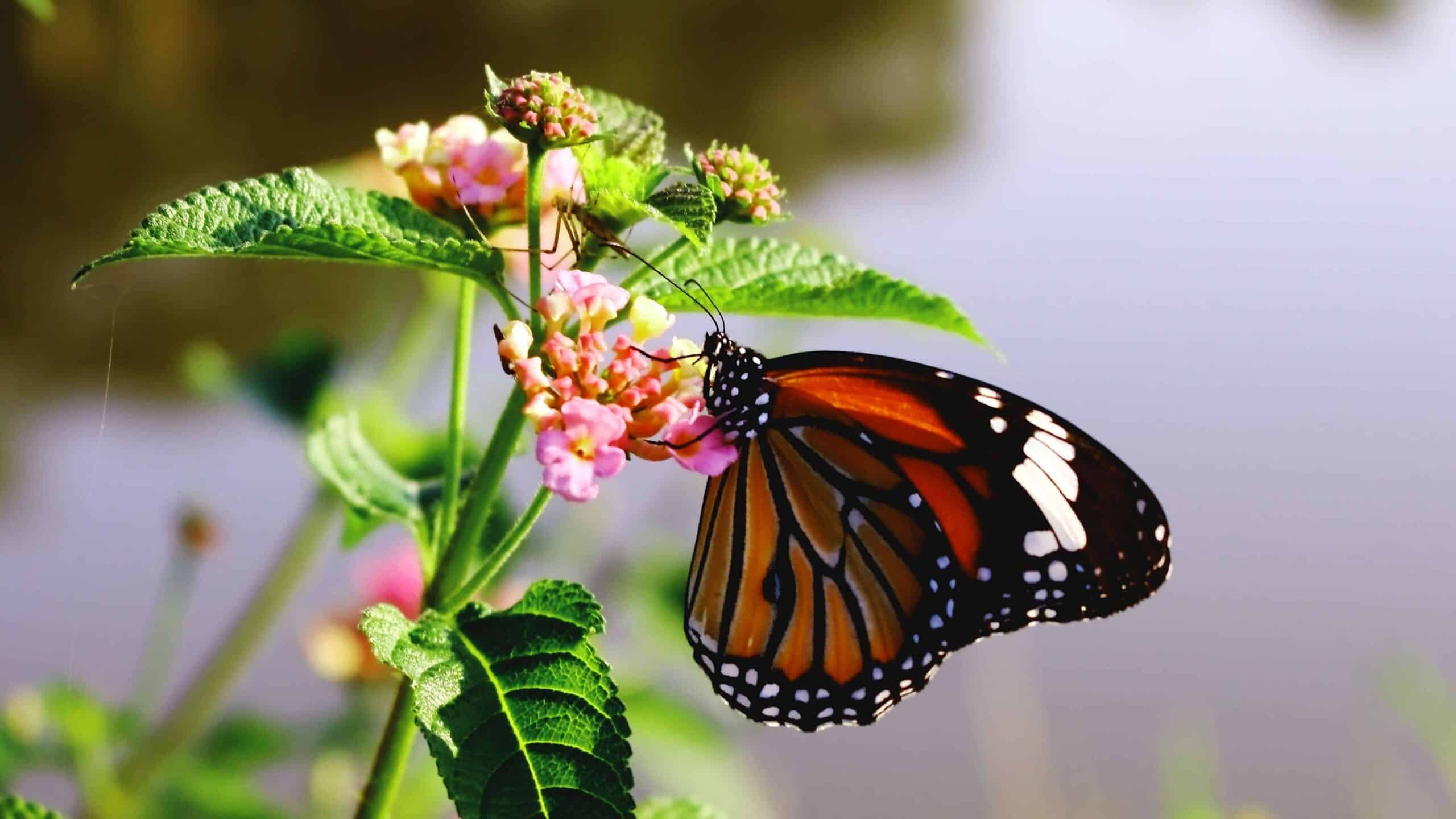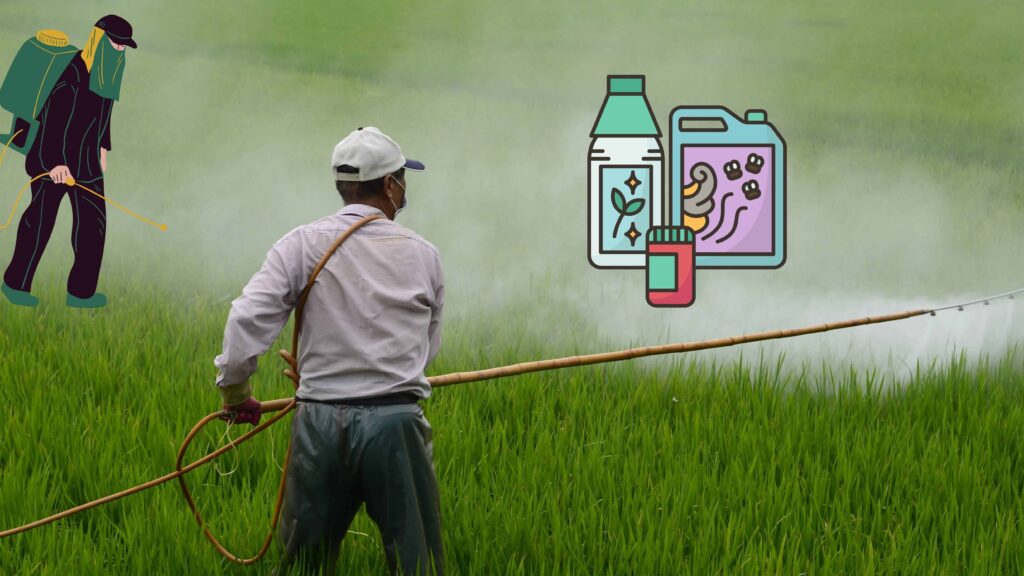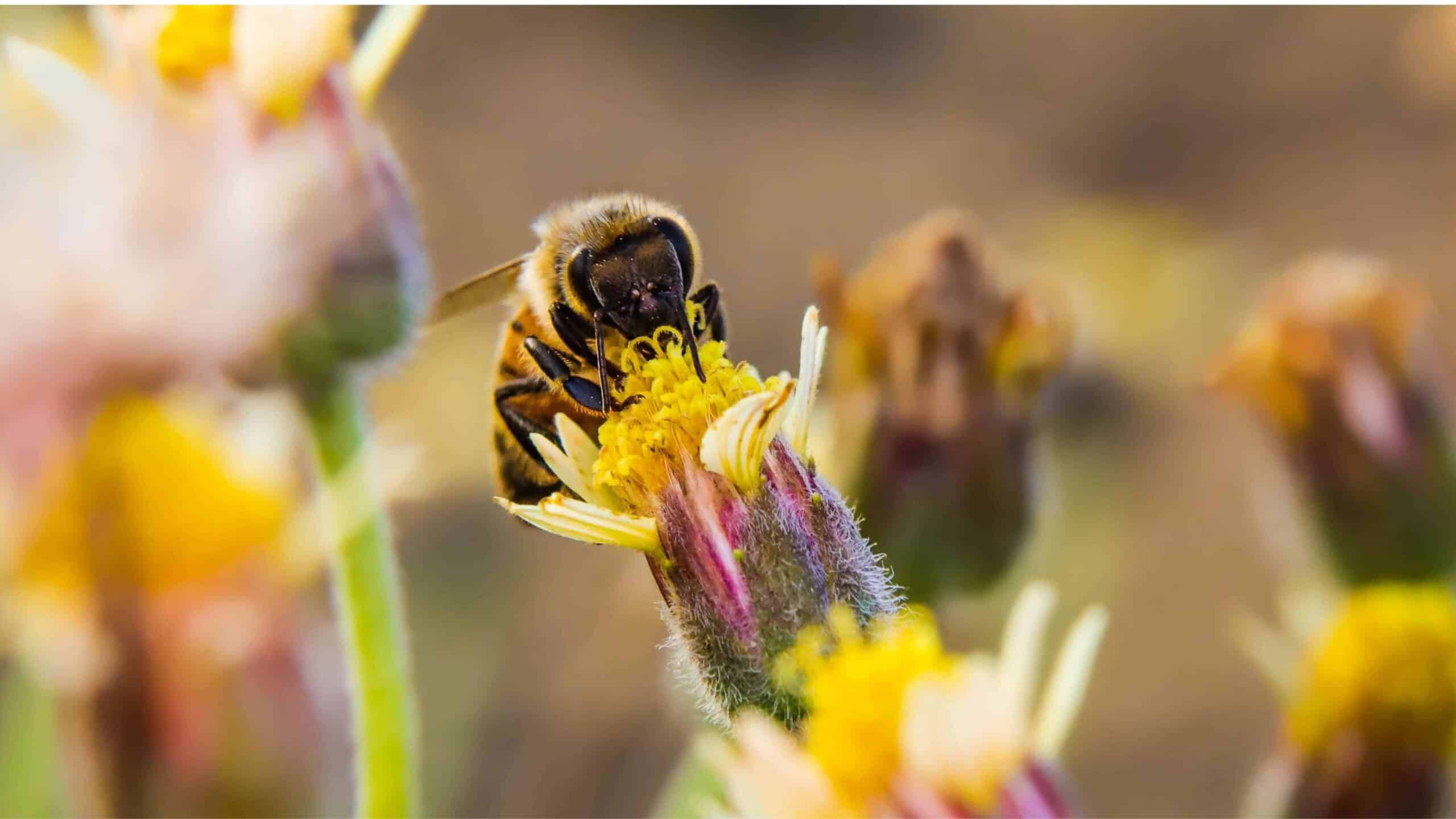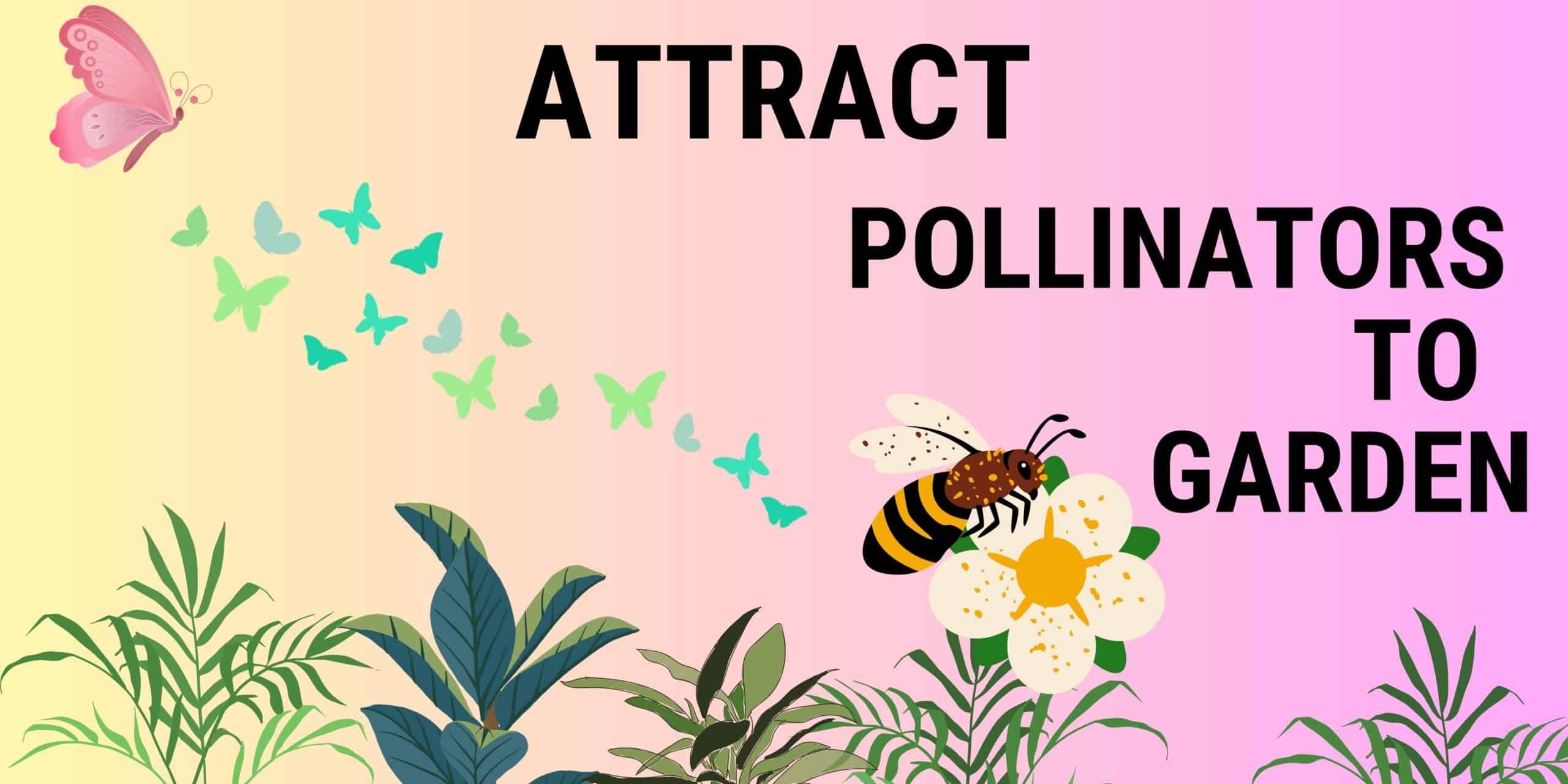A garden with butterflies is like heaven on earth.
Did you know that pollinators play an essential role in supporting the health and productivity of your garden?
These incredible creatures, including bees, butterflies, hummingbirds, and bats, facilitate the transfer of pollen between flowers, which is essential for plant reproduction.
By attracting pollinators to your garden, you not only ensure better yields and vibrant blooms but also contribute to the overall ecosystem.
This article is all about various methods and strategies to create a garden that is welcoming to pollinators and supports their well-being.
Understanding the Importance of Pollinators
Before delving into the methods of attracting pollinators, it’s essential to realize their importance.
Pollinators come in a wide variety, from bees and butterflies to beetles and birds.
Each species has its importance when it comes to flowers, feeding techniques, and nesting habits.
By attracting a mixed range of pollinators, you improve the biodiversity and stability of your garden ecosystem.
Also, the process of pollination is vital for plants to produce seeds, fruits, and nuts.

How To Select Pollinator-Friendly Plants
The secret of attracting pollinators to your garden lies in choosing the right plants that appeal to them.
Native plants are especially effective because they have coevolved with local pollinators and offer familiar sources of food.
It’s advisable to plant a mixed collection of flowers with various shapes, sizes, and colors to accommodate various pollinator species.
Brightly colored flowers, especially those with shades of blue, purple, and yellow, tend to attract pollinators more effectively.
Provide Shelter and Nesting Sites
Pollinators not only require food sources but also appropriate shelter and nesting sites.
Combining elements such as rocks, logs, and native grasses in your garden can provide hiding spots and resting places for these beneficial creatures.
Building nesting boxes for solitary bees and giving nesting materials to birds can further enhance the habitat.
Further, constructing small water elements like shallow birdbaths or fountains can perform as helpful water sources for pollinators.

How to Avoid Harmful Chemicals
It is advisable to avoid the use of pesticides and poisonous chemicals, to create a friendly garden for pollinators.
These substances can have devastating impacts on pollinators, leading to population declines and disrupting the delicate balance of ecosystems.
Instead, opt for organic pest control methods such as companion planting, insect traps, and manual removal of pests.
Embracing integrated pest management strategies can help maintain a healthy garden while minimizing harm to pollinators.
How to attract pollinators all year
To attract pollinators throughout the year,
It’s important to plan your garden in a way that provides a continuous supply of nectar and pollen.
Choose a variety of flowering plants that bloom at different times, ensuring there is always a food source available.
Contain early spring bloomers like crocuses and primroses,
summer favorites such as sunflowers and lavender,
and fall-blooming asters and goldenrods.
Further, consider planting trees and shrubs that produce berries or fruits in the winter, providing much-needed food during colder months.

How To Maintain a Garden that Accepts Pollinators
Good maintenance is important to keep your garden beautiful and inviting to pollinators.
Water your plants properly, providing sufficient moisture without overwatering.
Use organic fertilizers to feed the soil and encourage healthy plant growth.
Apply mulch to retain moisture, suppress weeds, and provide insulation for beneficial insects.
Monitor your garden regularly for signs of pests or diseases and take immediate steps to handle any issues while minimizing damage to pollinators.
Educate Others and Raise Awareness
Creating a pollinator-friendly garden not only benefits your Immediate surroundings but also contributes to the larger community.
Take this opportunity to educate others about the importance of pollinators and their role in our ecosystem.
Share your knowledge and experiences with friends, neighbors, and local gardening groups.
Consider organizing workshops or events to raise attention about pollinator protection.
By involving others, you can contribute to the collective effort of creating a network of pollinator-friendly spaces.
conclusion
Attracting pollinators to your garden is rewarding and environmentally mindful work.
By understanding their needs and implementing strategies to provide food, shelter, and a pesticide-free environment, create a garden where pollinators can thrive.
Not only will your garden benefit from increased pollination and abundant blooms, but you will also contribute to the protection of these essential creatures.
So, roll up your sleeves, plant some pollinator-friendly flowers, and let nature’s little helpers work their magic in your garden.
FAQs
- How long does it take for pollinators to visit a newly planted garden?
It may take some time for pollinators to discover a newly planted garden.
- Can I attract pollinators to a small balcony garden?
Absolutely! Even small spaces like balconies can be transformed into pollinator-friendly gardens. Choose compact flowering plants and consider installing hanging baskets or vertical planters to maximize space.
- Are there any specific plants that attract butterflies?
Yes, many plants are particularly attractive to butterflies. Some popular choices include milkweed, butterfly bush, coneflowers, and zinnias.
- How can I provide water for pollinators in my garden?
You can provide water for pollinators by placing shallow dishes filled with water in your garden. Adding pebbles or stones to the dishes will provide landing spots for small insects.
